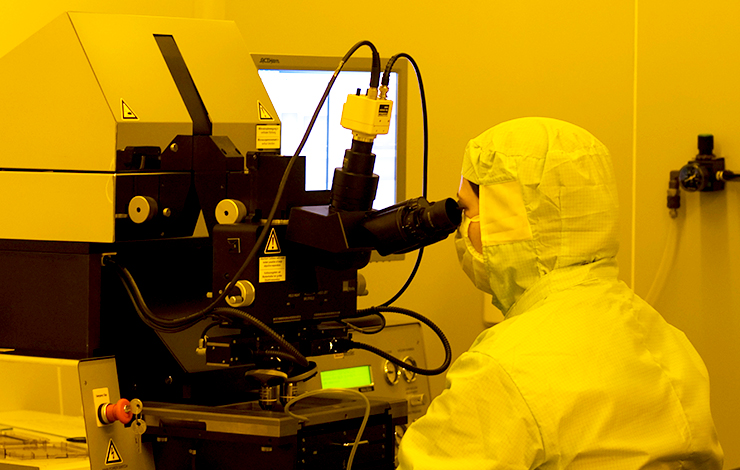


Vacuum solid-state ion-conducting silver source for application in field emission electric propulsion systems
| Title | Vacuum solid-state ion-conducting silver source for application in field emission electric propulsion systems |
| Publication Type | Journal Article |
| Year of Publication | 2016 |
| Authors | b Tolstogouzov A a, Aguas H c, Ayouchi R d, Belykh SF e, Fernandes F a, Gololobov GP b, Moutinho AMC a, Schwarz R d, Suvorov DV b, Teodoro OMND a |
| Journal | Vacuum |
| Volume | 131 |
| Pagination | 252-258 |
| ISSN | 0042207X |
| Keywords | Deposition, Electric fields, Electric propulsion, Electrolytes, External electric field, Field emission, Field emission electric propulsions, Ion evaporation, Ion sources, Mass spectrometry, Mass transfer, Mechanochemical synthesis, Metal ions, Organic polymers, Positive ions, Propulsion, Pulsed laser deposition, Pulsed lasers, Secondary ion mass spectrometry, Silver, Solid electrolytes, Time of flight secondary ion mass spectrometry, TOF-SIMS analysis, Transport systems, Working temperatures |
| Abstract | A point-like silver ion source with thin film of RbAg4I5 solid electrolyte was developed for application in field emission electric propulsion systems. The solid electrolyte produced by mechano-chemical synthesis was deposited on the apex of a silver tip using pulsed laser deposition. The running tests at 195 °C working temperature and 10 kV accelerating potential have demonstrated that the source can continuously produce positive ion current of several hundred pA during a few days with a peak value of 25–50 nA. Using TOF-SIMS analysis it has been shown that the ion current consists of Ag+ with a small contribution of Rb+, lower than 0.5 at.%. We suggest that Ag+ emission occurs mainly by means of field-assisted ion evaporation and/or ion desorption, and the solid electrolyte plays a role of the transport system, in which the emitted Ag+ ions are continually replaced by mobile Ag+ ions delivered from the silver reservoir by direct mass transfer under the influence of an external electric field. © 2016 Elsevier Ltd |
| URL | https://www.scopus.com/inward/record.uri?eid=2-s2.0-84978153831&doi=10.1016%2fj.vacuum.2016.07.003&partnerID=40&md5=4723a5f66e8f2951d5a111fa778247c1 |
| DOI | 10.1016/j.vacuum.2016.07.003 |








